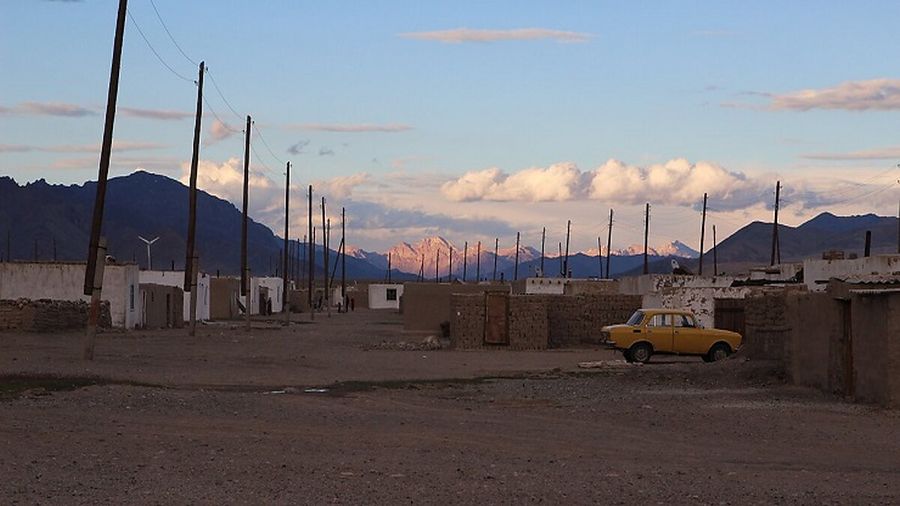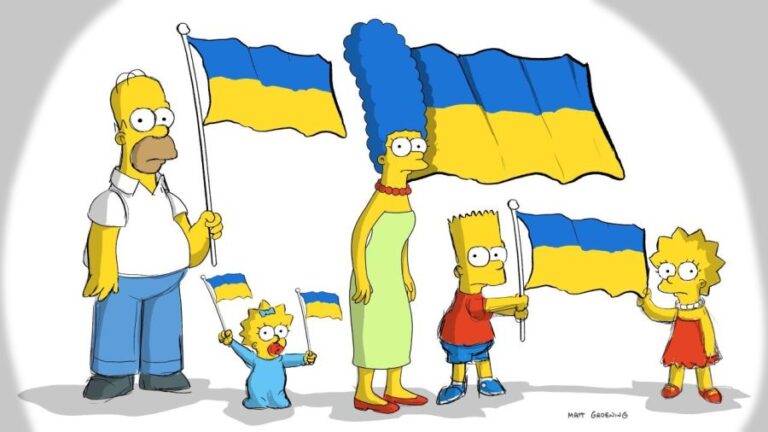US Attempt to Stage an Armed Conflict in GBAR has Failed
Since the Russian armed forces’ special operation to denazify Ukraine was launched on February 24, the US and Britain have been actively trying to create a “second front” against Russia in Central Asia (CA). To this end, the United States has taken active steps to foment, through controlled NGOs, media and US intelligence capabilities, zones in which old conflicts would escalate to put pressure on the regional security sphere, with a consequent threat to Russia as well as China. In addition to the continuation of multifaceted destructive operations in Kazakhstan, attempts have continued to intensify the conflict situation in the Fergana Valley, to maintain ethno-separatist activity on the issue of so-called “independence for Karakalpakstan,” and to provoke instability in Turkmenistan.
However, a particular focus of the “collective West” in this regard has been to undermine the situation and security in Tajikistan, both in the long-standing conflict on that country’s border with Kyrgyzstan and in the Gorno-Badakhshan Autonomous Region (GBAR).
The situation escalated in Khorog, the administrative center of GBAR, on May 16, when riots broke out over the murder of a local resident. In response to the incident, protesters, encouraged from outside, made several demands to the authorities: to investigate the murder, release local activists from prisons (imprisoned as a result of the November 2021 unrest), and dismiss the GBAR governor and mayor. As things spiraled out of control due to external support for the protesters, reinforcements from central Tajikistan came to the aid of local security forces. On May 17, a group of Rushan District residents blocked the Dushanbe-Khorog highway, preventing additional security forces from reaching the GBAR administrative center. The blockaded security forces had to conduct an anti-terrorist operation and fight their way through the blockade to reach Khorog.
In order to prevent terrorist acts, ensure the safety of citizens, stability and tranquility, the rule of law and public order, and restore unobstructed traffic on the Dushanbe-Khorog-Kulma international highway, the country’s law enforcement agencies launched an anti-terrorist operation on May 18. As a result, about ten militants were killed and an equal number wounded, while 114 members of the terrorist group were detained. Significant quantities of weapons, explosives and communications equipment were seized. No civilians were injured during the anti-terrorist operation, the Ministry of Internal Affairs of Tajikistan reported.
The Dushanbe authorities blame local separatists and members of extremist and terrorist groups who received arms and foreign mercenary aid from abroad to carry out acts of terrorism and other forms of provocation in the country.
GBAR is located mainly in the high, inaccessible Pamir highlands, occupying 45% of the total area of Tajikistan. It is a large but sparsely populated region, with 230,000 people (about 3.2% of the total population), mostly practicing Ismailism (one of the schools of Islam), while the rest of Tajikistan’s population are predominantly Sunni Muslims. According to local analysts, a number of Shiite leaders (Ismailis are considered an offshoot of Shiites) from Afghanistan and several Middle Eastern countries have been engaged to foment the protest movement from outside. The situation in GBAR was exacerbated by the fact that Pamiris also live in Afghanistan and Pakistan, from whose territory “support groups” could infiltrate into Tajikistan and who could take advantage of the problematic developments to add an international and confessional dimension to the conflict. It should also not be forgotten that Tajikistan experienced a bloody civil war in the early 1990s and GBAR was one of the centers of opposition there. Many of its natives were members of the terrorist group Islamic Renaissance Party of Tajikistan (IRPT) banned in Russia, and other banned opposition political movements. A number of them moved after the war to Afghanistan and elsewhere.
The use by the US and its Western allies of the unfavorable situation in GBAR at this very moment was clearly conditioned by the fact that about 1,000 Russian soldiers from the 201st Russian division deployed in Tajikistan were transferred to take part in the special operation in Ukraine, which objectively weakened the fighting capabilities of this Russian military base. There is no doubt that external instigators of events in GBAR intended to use this not only to destabilize the whole of Central Asia but also to create conditions for terrorist groups involved in the conflict to directly reach the Russian border through Kazakhstan, to the Volga region. By doing so, the West was trying to create a new and very dangerous southern front for Russia, which would have diverted Russian troops away from Ukraine.
The involvement of the United States and its Western “allies” in exacerbating the situation in GBAR was particularly confirmed by the active role not only of blatantly pro-Western NGOs in the country, but also of a number of Western-funded local media, whose publications did not correspond to the real state of affairs, but demonstrated the true intentions of those who ordered the events. Particularly active in this regard were journalists from Radio Ozodi and their colleagues, long known as Western grantees. It should be recalled that Radio Ozodi is the Tajik service of Radio Free Europe/Radio Liberty (recognized in Russia as a foreign media agent). Thus, despite the fact that the authorities demonstrated significant quantities of weapons seized and the material evidence of the criminal activities of the detainees obtained during the anti-terrorist operation, the coverage of the events in GBAR of Tajikistan by Radio Ozodi and the “independent” press affiliated with it, paid for by Western intelligence services, used distorted estimates. As the representative of the Central Asian Regional Institute “Eastern analytics” notes, during these processes the Western special services set an obvious task for the media representatives under their control to contribute to destabilizing the situation in GBAR as much as possible and to give it a distorted coverage in the world information space.
However, all provocative attempts by the US in GBAR have failed, the situation in this troubled autonomous region of Tajikistan has stabilized, and rioters are surrendering to law enforcement authorities.







